Table of contents
AI-Powered Drug Discovery and Development
Personalized Gene and Cell Therapies
Advanced Multi-Omics and Integrated Diagnostics
Prescription Digital Therapeutics (PDTs)
Real-World Data (RWD) and Evidence (RWE)
Immersive Technologies in Medical Training and Surgery
The Expansion of the RNA Revolution
3D Bioprinting and Advanced Tissue Models
Introduction
The medical research scene is going through a radical change at a speed which is hard to keep up with. One of the main drivers is the technological convergence along with the shift to hyper-personalized medicine.
For visionary businesses these are not issues to be studied at university but real opportunities to build market advantage, to make the process of their work more efficient and to create value at a level that has never existed before. Comprehending and leveraging these trends is a must for any company in the healthcare, pharma, or biotech industries. Here are the main medical research trends that will launch a new era in the industry in 2026 and in what way they can become a potent business growth accelerator for you.
1. AI-Powered Drug Discovery and Development
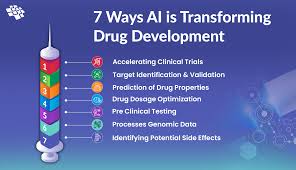
Artificial Intelligence and machine learning techniques in drug discovery are on their way to become an industry standard rather than a unique advantage. Moreover, in 2026, we will encounter AI tools that can even forecast a molecule’s effectiveness as well as toxicity with incredible precision by scrutinizing a wide range of genetic, proteomic, and clinical trial data. The technology essentially changes the relationship between the company and the whole process chain, they literally just have to input the algorithm, run it and then obtain the effective new chemical entities in a jiffy fashion.
Business Boost: This is basically only one of the myriad possible applications through which we see a dramatic de-risking of the R&D pipelines. Companies incorporating AI will be able to reduce the costs that can go up to billions of dollars and the entire process can take over a decade whereas the time span can be cut down to less than a year in some cases. Furthermore, this capacity allows to have a broader pipeline at hand, to be able to iterate on failed candidates quicker, and to get a massive first-mover advantage in key therapy areas.
2. Personalized Gene and Cell Therapies
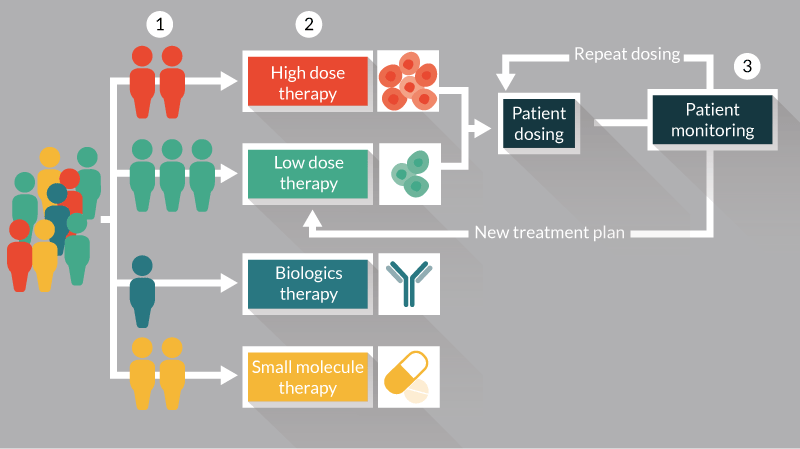
The outcome of the first gene therapies is the ground that will lead to the next generation of personalized medicine of genetic therapies. The main focus in the year 2026 will be on “custom-made” genetic drugs not only for rare genetic disorders but also for more common diseases like cancer and cardiovascular diseases. The use of advanced CRISPR-based systems and personalized cell therapies (like CAR-T) would be custom-made for the genetic mutation and disease profile of a single person.
Business Boost: How this trend helps businesses is by making the pharmaceutical companies manufacture the kind of products which are most valuable – curative therapies instead of chronic drugs. Such a business model facilitates access to the ultra-niche markets and offers pricing models with very high-profit margins. In addition to that, it enables a company to become a forerunner in the field of science, thus acquiring more talents and investors and building a strong brand which is related to medical breakthroughs.
3. Advanced Multi-Omics and Integrated Diagnostics
Both research and clinical practice will heavily depend on integration of numerous “omics” layers—genomics, proteomics, metabolomics, etc.—coming from a single patient’s sample. The sensitivity of liquid biopsies will be enhanced so that they will detect multiple cancer types simultaneously, and single-cell sequencing will be widely used to probe the heterogeneity of diseases at an unfathomable resolution.
Business Boost: This is a big opportunity for companies engaged in diagnostics to start many new lines of services. For pharma companies, it opens up the door to finding solid biomarker candidates for patient stratification in clinical trials thus helping to recruit the right patients. As a result of this, clinical trial success rates go up and there is a smooth pathway to regulatory approvals accompanied by payers case for reimbursement facilitating successful product launch.
4. Prescription Digital Therapeutics (PDTs)
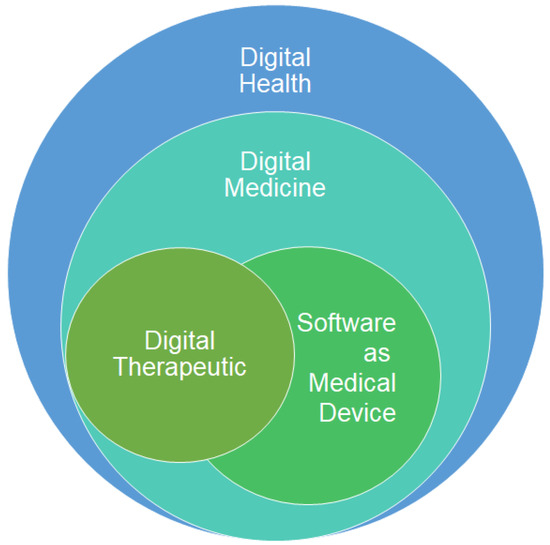
PDTs stand for eHealth programs based on evidence that aims at prevention, management, and treatment of medical disorders. Till 2026, their reach beyond mental health will be evident in the areas of managing chronic diseases such as diabetes, hypertension, and COPD. These apps provide cognitive behavioral therapy, med adherence monitoring, and personalized lifestyle coaching while at the same time gathering real-world data.
Business Boost: It results in an entirely new, scalable product category with a potential for high profits marginal. Besides that, it enables traditional pharmaceutical companies to introduce complementary digital services which are beneficial for patients’ health and thus lead to their drug regimens’ better adherence which in turn safeguards and enhances the value of their core products. Additionally, it creates continuous patient engagement.
5. Microbiome-Based Therapeutics

Investigation into the human microbiome will no longer be based on correlations but rather on causes and it will result in the creation of a new drug class known as live biotherapeutic products (LBPs). LBPs are the groups of good bacteria purposely developed to treat diseases ranging from *C. difficile* infection and IBD to the metabolic disease and even neurological disorders such as depression or Parkinson’s.
Business Boost: This trend raises the curtain on a huge, new horizon in pharmacology. The companies that put their money in this area have the opportunity to register specific bacterial strains and consortia, hence creating a strong barrier against the competition, around their intellectual property rights. At the same time, it opens multi-billion markets with little competition by offering a new mechanism for the treatment of stubborn chronic diseases.
6. Real-World Data (RWD) and Evidence (RWE)
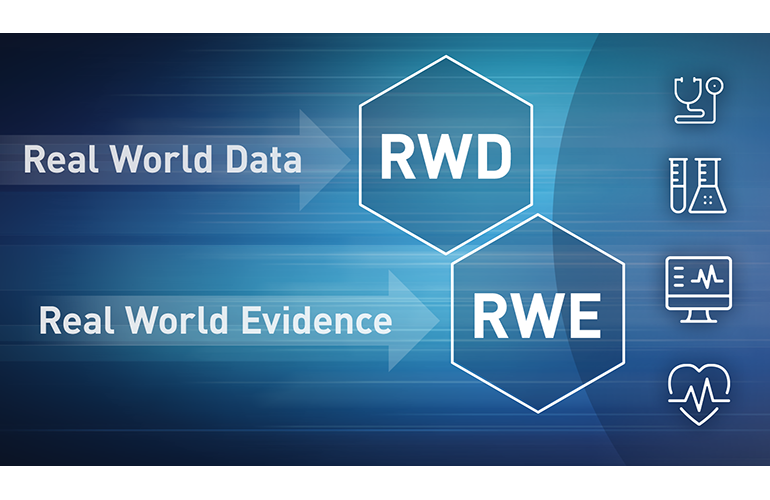
Gathering and analyzing of real-world data from electronic health records, wearables, and patient registries will be at the core of the research lifecycle. Thus, in 2026, RWE will not be used only for the monitoring of the product post-market, but also for designing smarter clinical trials, facilitating the communication with regulatory bodies, and showing treatment value to payers in the true world.
Business Boost: One of the biggest benefits of RWE is that it considerably shortens the clinical development cycle and cuts down the operational costs since it helps to pinpoint the most suitable clinical locations and patient groups. What is more, it acts as the “ammunition” needed for successful negotiations of prices with insurance companies and health technology assessment bodies that are the main contributors to revenue and market access.
7. Immersive Technologies in Medical Training and Surgery
Due to fast and significant advances in the areas of Virtual and Augmented Reality, these technologies are not going to be considered as only a few trials but will be used as a main part of medical education and surgical planning.
For example, surgeons may be able to do a challenging operation on a 3D patient-specific hologram first. Also, AR can be the surgeon’s immediate assistant by displaying the vital signs and anatomical landmarks directly to their view, thus making the operation safer and more accurate.
Business Boost: This shows an emerging and exciting market in medical simulation and imaging for tech companies. Whereas for hospital systems and device manufacturers, the use of these tools leads to fewer surgical mistakes, better results for patients, and faster mastering of new procedures, thus elevating efficiency in operations and reputation.
8. The Expansion of the RNA Revolution
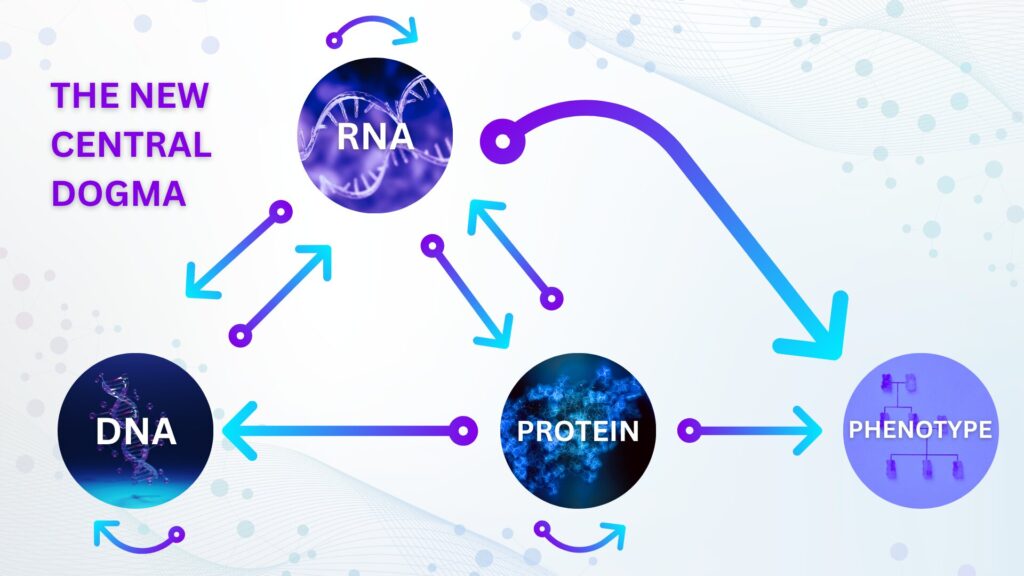
The use of mRNA vaccines as a stepping stone is just the beginning. By 2026, RNA technology will be primarily focused on the treatment of various diseases, including genetic disorders, autoimmune diseases, and cancer. These drugs will become more effective, longer-lasting, and more precise-targeted due to the improvements in delivery systems (e.g. LNPs) and self-amplifying RNA.
Business Boost: One of the benefits of investing in RNA platform technology is the incredible versatility it offers. Essentially, one platform can be very quickly switched to address a variety of diseases, which is considerably faster than the traditional way of developing small molecules or biologics. In this way, companies are enabled to react promptly to new health crises and build a pipeline that is diverse and resilient.
9. 3D Bioprinting and Advanced Tissue Models
By the time bioprinting can advance up to the point where it is capable of fabricating vascularized, functional organ patches for regenerative medicine rather than merely simple tissue structures, it will seem as if this technology appeared out of nowhere. In addition to that, these highly developed 3D tissues (including patient-derived organoids) will be established as the new standard for preclinical drug testing, offering data that is more relevant to humans and far better than animal models.
Business Boost: The trend has the potential of providing a company with a twofold advantage. Firstly, it opens the long-term market of organ replacement, simultaneously providing superior toxicity and efficacy testing tools for in-house research. As a result, it is in line with the increasing regulatory and ethical trends that aim at less animal testing and it enables the saving of costs which, when added together, amount to several hundreds of millions that are the late-stage drug trial failures are decreased.
Conclusion: A Strategic Imperative
The 2026 medical research trends form an interconnected network that results in an innovative ecosystem with synergy effects For businesses, however, these are not far-reaching possibilities but rather near-future events. The period for taking action is actually today – stepping up investment in these technologies, partnering strategically, and modifying business models. The proactive companies in integrating these trends will not merely be capable of securing their future operation but they will be the ones who will shape the future of medicine, thereby combining scientific breakthroughs with commercial success and, the most essential, transformative patient care.


Leave a Reply